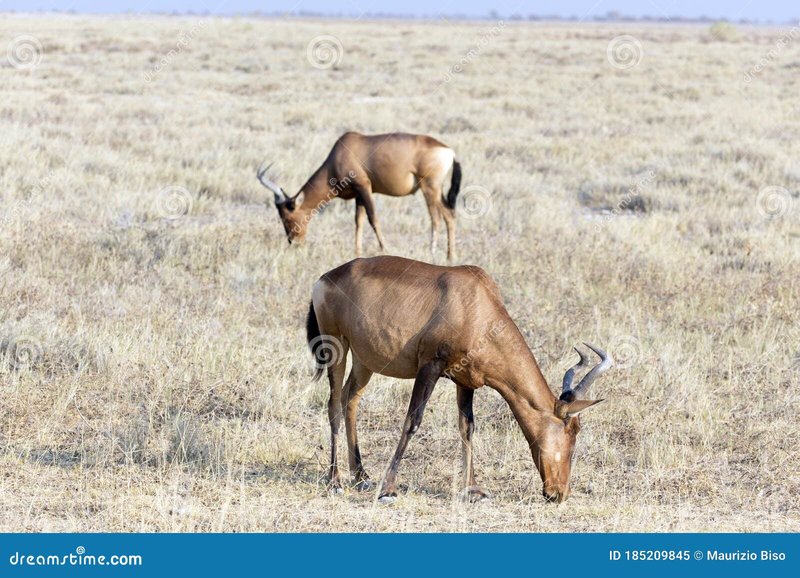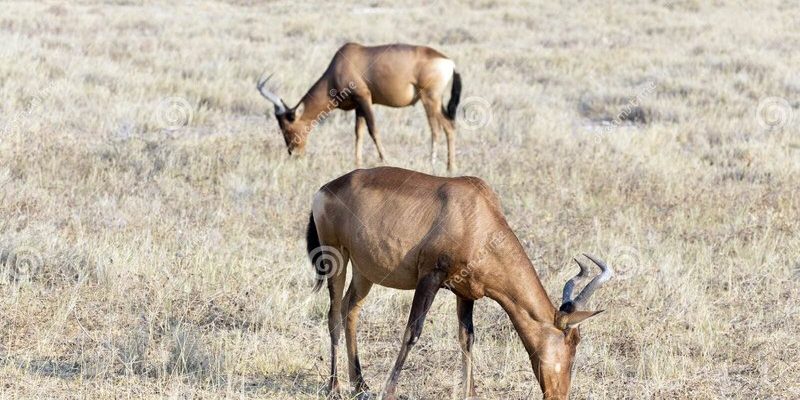
Hartebeests possess remarkable adaptations that help them withstand such harsh conditions. Think of them like the ultimate survivalists of the animal kingdom, equipped with tools and skills designed for the toughest scenarios. In this article, we’ll explore how hartebeests navigate their harsh habitats and the incredible traits that equip them for survival.
Physical Adaptations of Hartebeests
One of the first things you’ll notice about hartebeests is their distinct physical appearance. With elongated faces and curved horns, they have features that set them apart from other antelopes. These unique traits aren’t just for looks—they serve crucial purposes in their survival.
For starters, their long legs help them run quickly across rough terrain. Imagine sprinting across a vast field; you’d want to be agile and fast, right? Hartebeests can reach impressive speeds, which is essential for escaping predators. Plus, their body shape allows them to cover ground efficiently, often traveling miles in search of food and water.
Another key adaptation is their thick skin, which is surprisingly efficient in protecting them from sunburn and dehydration. When the sun is blazing overhead, their skin helps reduce moisture loss. This is vital because, without quick access to water, every drop counts for their survival in the dry season.
Diet and Feeding Habits
Now, let’s talk about food. Hartebeests are herbivores, meaning they survive primarily on plant material. But they’re not picky eaters! Their diet includes a variety of grasses and shrubs, allowing them to adapt to the changing landscape. This flexibility is a big help when resources are limited.
During the rainy season, when grass is plentiful, they graze extensively. Imagine a buffet feast after a long drought—no wonder they take advantage of it! However, when the dry season hits, they switch gears. They are able to dig up roots and eat tougher vegetation that other animals might avoid. This adaptability in feeding habits is crucial for survival in harsh environments, ensuring they can find nourishment no matter the season.
Additionally, hartebeests often travel in herds. This social behavior not only provides safety in numbers but helps them locate food and water sources together. It’s a bit like your friends helping you find that perfect restaurant—you’re more likely to discover hidden gems when you’re working as a team.
Water Conservation Techniques
Water is life, especially in harsh environments. Hartebeests have developed unique methods to conserve water and manage their hydration. They can go for long periods without drinking, primarily getting moisture from the vegetation they consume. This makes them efficient at minimizing water loss in the body.
Here’s the thing: hartebeests are also known to be very strategic about when and where they drink. They often choose cooler times of the day, like early morning or late evening, to hydrate. This is smart because it reduces evaporation and helps them maintain their body temperature.
Moreover, their kidneys are adapted to be highly efficient. They can filter out waste while retaining as much water as possible. It’s nature’s way of fine-tuning their survival skills. It’s kind of like having a high-efficiency water filter at home; it helps you make the most of every drop!
Behavioral Adaptations
Behavior plays a crucial role in how hartebeests thrive in their environments. Their social structure is fascinating—often found in groups, they communicate with each other through a series of sounds and body language. This camaraderie not only helps in alerting each other about potential predators but also aids in foraging for food.
Hartebeests are also known for their territorial behavior. Males mark and defend their territories, ensuring they have access to food and water sources while protecting their herd. This territorial instinct is vital during mating seasons, as it guarantees the strongest genes are passed down to the next generation.
Additionally, their migratory habits allow them to move in search of better conditions. They often follow prey patterns and seasonal rainfall, ensuring they have access to ample food and water. Imagine a group of friends planning a summer road trip based on the best places to visit—they do something similar in the wild!
Predators and Defense Mechanisms
Even the most resilient creatures face challenges, and for hartebeests, predators are a significant threat. Lions, hyenas, and crocodiles all pose risks in their habitats. So, how do these antelopes defend themselves?
One of their primary defenses is speed. When a threat looms, they can sprint away, leveraging their agility and stamina to outpace many predators. It’s like a game of tag—if you can run fast enough, you’re less likely to get caught.
Besides running, their keen senses of sight and hearing play a huge role in their survival. They are always on alert, watching for any signs of danger. With their large eyes, they have a wide field of vision, which helps them detect movement even from a distance. This vigilance is part of their survival toolkit, keeping them a step ahead of danger.
Impact of Climate Change on Hartebeests
As resilient as they are, hartebeests are not immune to the effects of climate change. Changes in rainfall patterns and rising temperatures stretch their survival strategies to the limit. You might be wondering how they’re adapting to these new challenges.
With the increasing unpredictability of rainfall, hartebeests may find it harder to locate consistent food and water sources. This can lead to shifts in their migration patterns, making it difficult for them to find the resources they depend on.
Moreover, higher temperatures can stress their bodies and make them more vulnerable to disease. Like a marathon runner pushing through a hot day, their resilience is pushed to the brink. Conservation efforts are crucial to ensure that their habitats are protected, allowing these incredible animals to continue thriving in the wild.
Hartebeests showcase some of nature’s most impressive survival strategies. From their unique physical adaptations to their clever behavioral traits, these antelopes are truly remarkable in their ability to thrive in harsh environments. Whether it’s conserving water, cleverly foraging for food, or outsmarting predators, they embody resilience in the wild.
As we look to the future, it’s essential to remember the challenges they face, especially with climate change becoming an ever-looming threat. By understanding and appreciating these creatures, we can support efforts to protect their habitats and ensure they continue to roam the savanna for generations to come. When we take care of our planet, we’re not just helping hartebeests; we’re nurturing the entire ecosystem that thrives alongside them.

